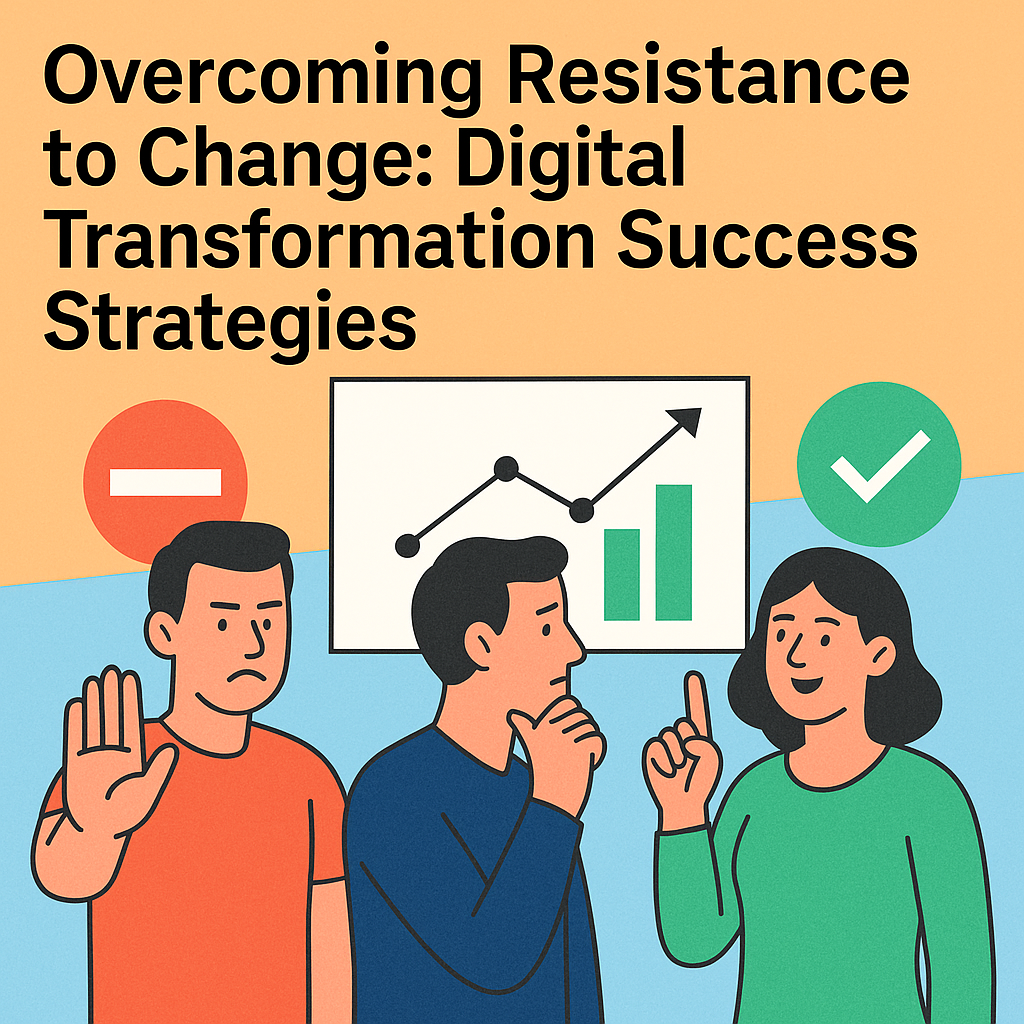Collective Intelligence, Shared Awareness and Symmetric Insights
We create oceans of data but still struggle to answer simple questions. Our files feel alive while we type, then vanish into digital attics once we click Save. Collective intelligence brings that data back into the daylight, shared awareness ensures everyone sees the same picture, and symmetric insights keep value flowing in both directions between people and technology.
In this article we unpack those three ideas, show why the traditional file‑and‑folder mindset is holding us back, and offer a practical playbook for transforming knowledge into active data. Along the way we link to Yopla research, services and case studies so you can dive deeper whenever curiosity strikes.
Why the File Cabinet Mindset No Longer Works
Most knowledge work still treats a document like a physical report. We draft, we polish, we hit share, and we assume the job is done. Yet the moment we tuck that file into a folder it starts to age. Colleagues need the right access path, the right filename spelling, and enough context to judge relevance. As teams grow, the cognitive tax on every search query balloons.
A recent study by the Wharton School found that teams using collective intelligence techniques outperform top individual contributors by up to fifteen percent, not because they work harder but because they waste less attention hunting for answers. The research echoes our own experience helping clients implement Mapping engagements that surface hidden relationships in their content libraries.
From Data Graveyards to Active Data Gardens
What happens when you save a slide deck, a customer transcript or a sprint note? You often think you have made it easy to find later. In truth you have archived it in a maze that only the original author understands. Multiply that by every meeting, every draft and every version and you create data graveyards: places where useful insight is buried out of sight.
We propose a different metaphor: an active data garden. In a garden you compost what is no longer useful, prune what is overgrown, and surface what is in bloom. You design paths so visitors can discover related plants, you label species in plain language, and you irrigate the soil so new ideas germinate without friction. That is the ethos behind our eight‑step transformation framework, outlined in the Service Roadmap.
Collective Intelligence: The Organisational Brain
Collective intelligence is the ability of a group to solve problems by pooling cognition, context and craft. It relies on three pillars:
- Visibility – Contributors see the same data at the same fidelity.
- Context – They share a narrative about why the data matters.
- Feedback – The system improves when anyone spots a gap or error.
Notice how none of those pillars mentions files. The medium is irrelevant. What counts is whether the group can interrogate knowledge in natural language and receive a trustworthy answer.
Shared Awareness: One Truth, Many Perspectives
Shared awareness picks up where collective intelligence leaves off. Once the organisational brain holds the facts, everyone needs a mental model of who knows what, and how recent that knowledge is. Human cognition is uniquely good at inference from sparse signals but it fails when metadata is missing or siloed.
Modern AI knowledge platforms solve this by creating entity graphs that map projects, people and concepts. Every new piece of content is tagged, weighted and linked to that graph. When you ask, “What did we learn from our last beta launch?” the system traverses the graph, surfaces the best signal, and explains why it trusts that answer. This is the engine behind Yopla’s Thrive CTO‑as‑a‑Service offering, where we embed tooling that gives leadership real‑time visibility into engineering health.
Symmetric Insights: Value Flows Both Ways
The third idea, symmetric insights, means that humans teach the machine as much as the machine teaches the humans. Every query, correction or annotation feeds back into the model so relevance improves over time. In practice that requires clear governance. You decide which sources count as canonical, how long facts stay fresh, and how you record dissenting opinions.
Our clients often worry about information overload, yet the bigger risk is asymmetric insight: a one‑way dump of dashboards with no path for nuance to travel upstream. By designing symmetric loops we keep the system honest and adaptive.
The People–Tech–Data Triangle
Traditional thinking treats data as a passive resource in a triangle. We flip it. Data becomes the connective tissue, technology supplies the muscle and people provide the imagination. Maintain that balance and the triangle turns into a flywheel.
- People curate goals and language so the AI understands context.
- Technology indexes and retrieves knowledge at scale.
- Data embodies the evolving story of the organisation.
When the flywheel spins, a junior analyst can pose a question, a senior architect can refine the pattern, and the AI can codify the lesson. Everyone learns faster.
A Five‑Step Playbook for Creating Active Data
1. Audit your knowledge surface. Catalog repositories, permissions and duplication. Our ROI from Digital Transformation guide shows how to link that audit to hard savings.
2. Choose a single source of truth. Whether you use Notion, Slite or a dedicated graph database, pick one door through which all queries pass. Fragmentation kills trust.
3. Align on taxonomies. Use shared language for projects, clients and metrics. This is where impact measurement frameworks pay dividends.
4. Activate the feedback loop. Build lightweight mechanisms for users to flag stale content, suggest tags or correct facts. That loop is core to our AI Ethics and Responsibility guidelines.
5. Measure what matters. Track search‑to‑answer latency, duplicate effort avoided, and insight reuse. Publish those metrics in a live dashboard so progress stays visible.
Less Sharing, More Collaborating
Paradoxically the route to collective intelligence involves sharing less. Stop attaching thirty‑page decks to emails, instead share the living link. Stop publishing eight versions of a spreadsheet, instead add a column for assumptions and let the model track edits. Collaboration becomes lighter, cleaner, and more engaged when information stays in context.
“The moment we treat content as a conversation rather than a container, we trade ownership for momentum.”
Case Snapshot: From Chaos to Clarity in Six Weeks
A fintech client kept thirty terabytes of unstructured files across nine platforms. Teams complained that onboarding new hires took months. We ran a rapid Clarity Sprint using the playbook above.
- Week 1: Knowledge audit exposed 17 duplicate CRM report templates.
- Week 2: Graph architecture captured 423 unique entities.
- Week 3: We ingested 8,500 documents into a vector store and built a natural‑language search prototype.
- Week 6: Average query time for product definitions fell from twenty‑five minutes to under ninety seconds.
The project paid back in under three months and became a reference story for the board. You can browse more examples in our case studies.
Frequently Asked Questions
Is this about buying another tool? No. Tools matter less than agreeing how people and machines share truth.
What about data security? Active data lives behind the same permissions you already enforce. We simply surface it through one lens.
Will AI replace domain experts? Symmetric insight depends on domain experts. The machine amplifies their judgement rather than substituting it.
Conclusion: Your Next Right Move
Collective intelligence, shared awareness and symmetric insights are not buzzwords, they are design principles for a world where knowledge outpaces attention. When you implement them well, every question becomes an opportunity to learn once and benefit many times.
If the friction in your organisation feels familiar, let us help you turn it into momentum. Book a conversation and we will explore practical steps, no jargon, no pressure, just clarity.
© 2025 Yopla Limited, Making Business Better.








